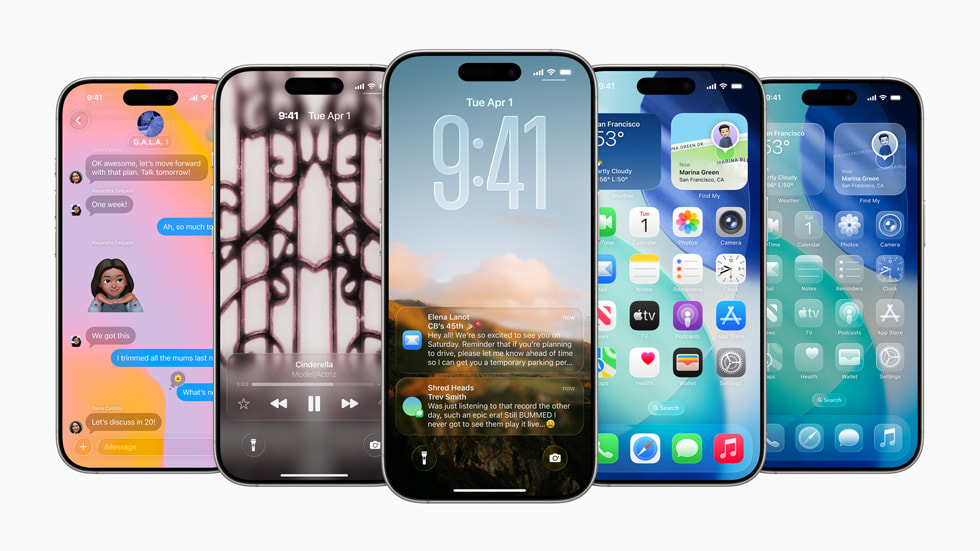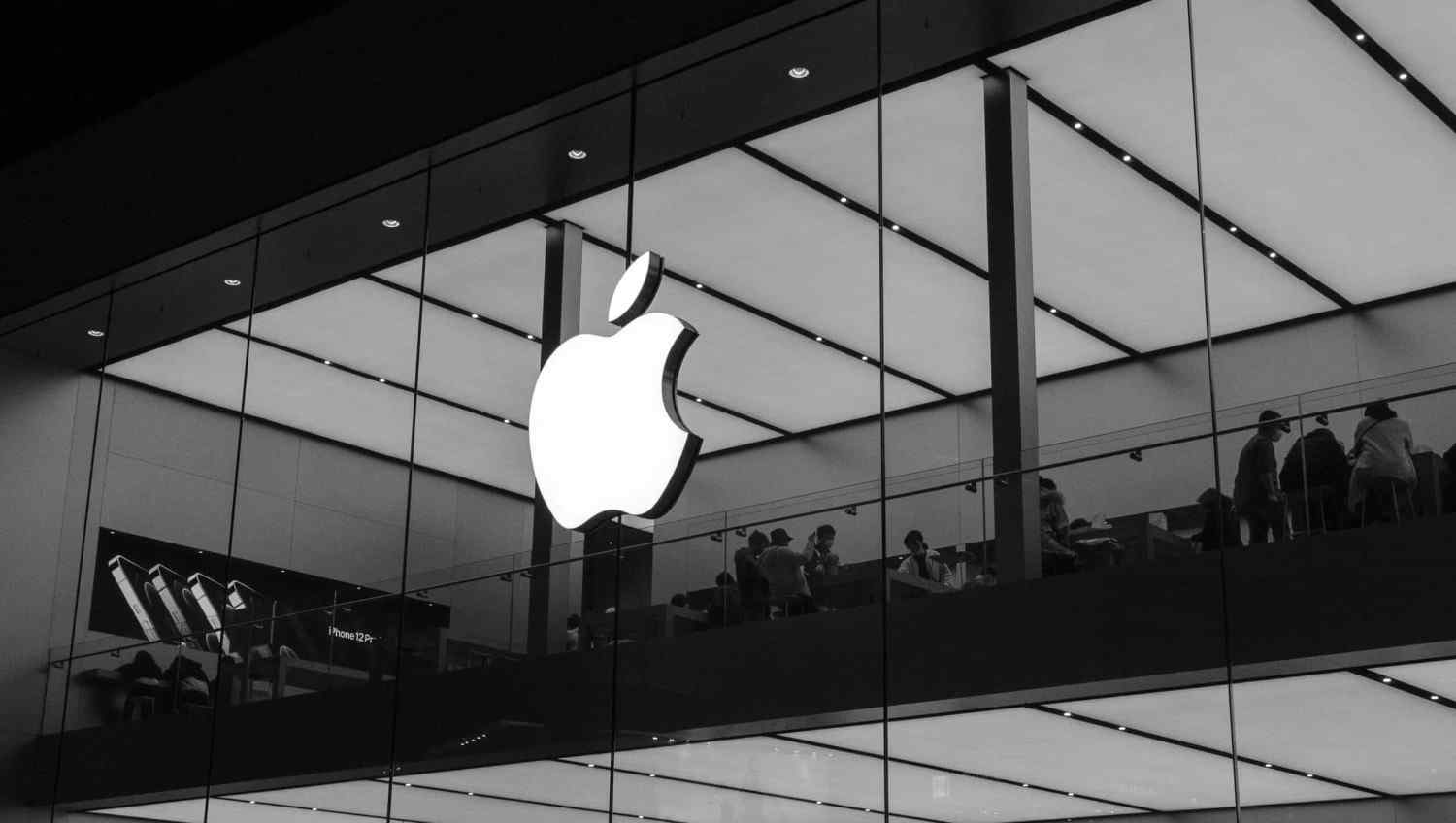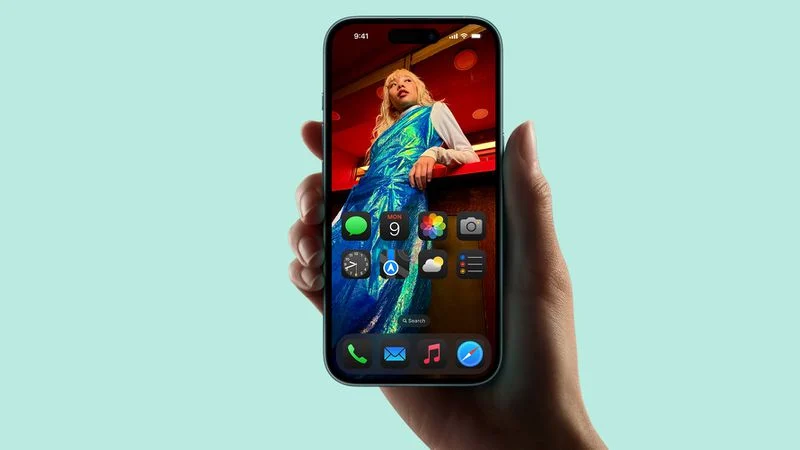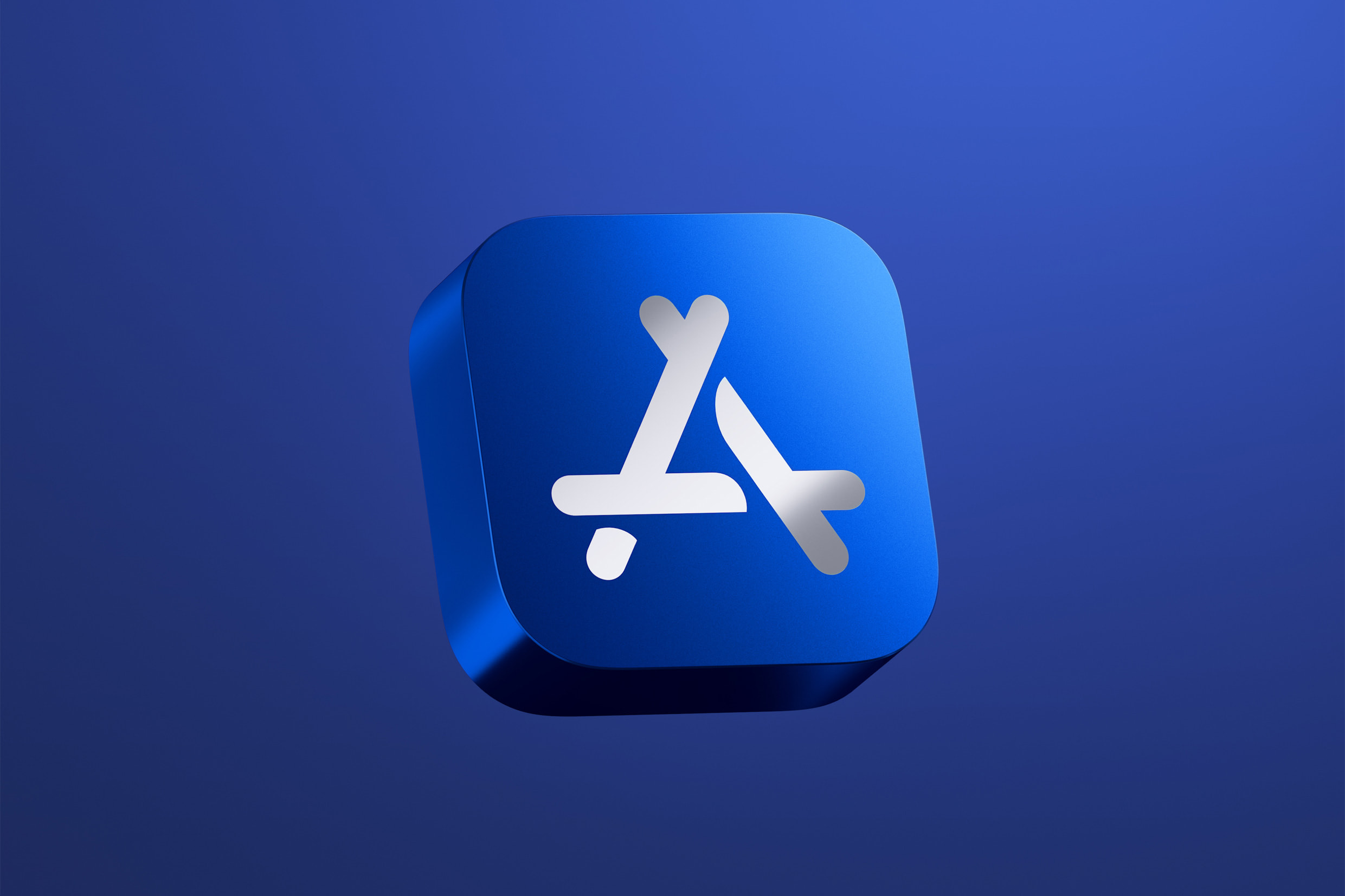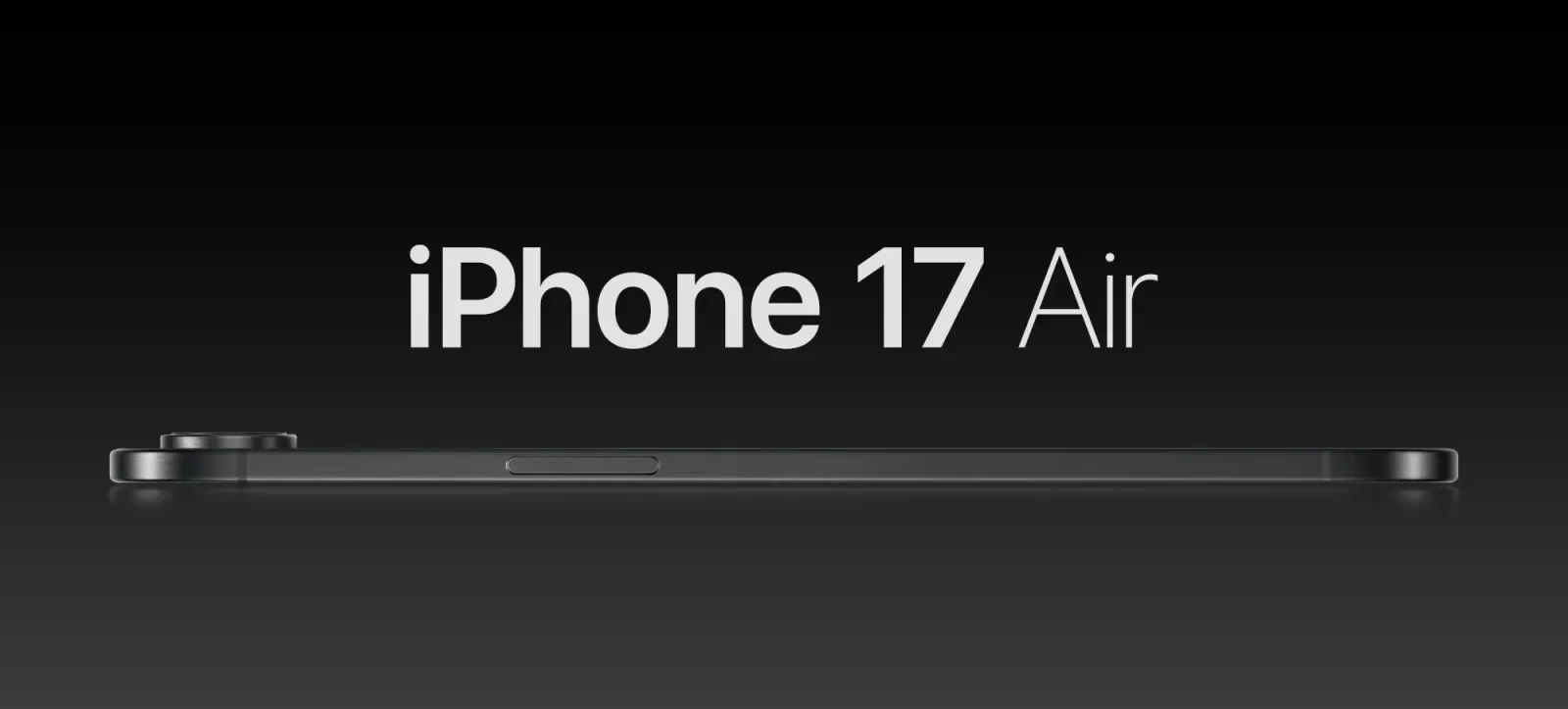Apple is getting ready to release iOS 18.6 beta soon, which will be one of the last test versions before the official iOS 18 comes out later this year. This new beta will help Apple fix any last-minute bugs and make sure everything runs smoothly before the big launch.
At the same time, Apple is already working on iOS 26, and some interesting details are coming out. The latest iOS 26 software tools for developers have given the biggest hint yet that a foldable iPhone might be on the way. These tools include special features that would help apps work better on devices that can fold, showing that Apple could be preparing for a new kind of iPhone.
iOS 26 is also bringing some helpful updates to iMessage. Soon, you’ll be able to copy just part of a message instead of the whole thing, making it easier to share or save important information from your chats.
Another useful upgrade in iOS 26 is for the one-time code autofill feature. This tool, which helps you quickly enter security codes sent by text or email, is getting even smarter. It will now work with more types of codes and make logging in to apps and websites faster and easier.
Overall, Apple’s upcoming iOS updates are packed with improvements, from better messaging features to hints at exciting new devices like a foldable iPhone. These changes show Apple is focused on making its software more helpful and ready for the future.
